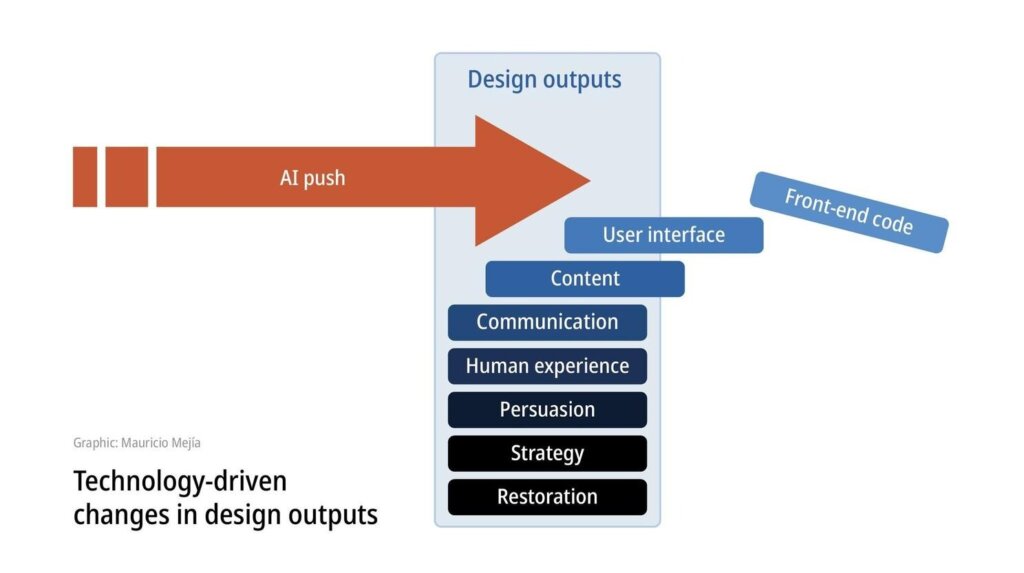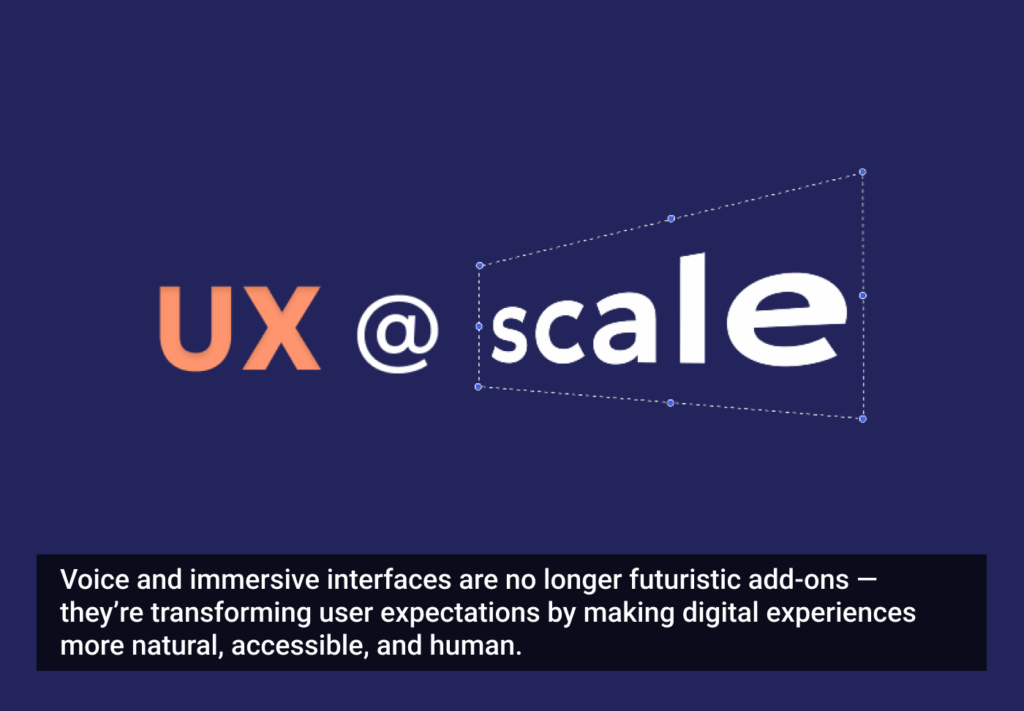In design, framing the problem is fast becoming the heart of the human role. As AI, or what I call Program, takes on more of the solution work, our craft shifts toward how we treat the problem.

I often think of the Ebbinghaus circles illusion when I consider how we unconsciously avoid problems. Two identical center circles appear different because of the rings around them. Slip a neutral frame over the picture to hide the surrounds, and the center snap to the same size. Remove the frame and the illusion returns. Our perception has not failed; it has simply done what it always does in context.

Problem framing works the same way. Situations, biases, and habits color what we see. Certain cognitive tendencies result in problem aversion:
- Need for Cognitive Closure (NFC): The urge to land on a firm answer quickly and keep it. In framing, this locks you into the first plausible definition and shuts down alternatives.
- Ambiguity Aversion: A preference for known risks over unknowns. In framing, you privilege tidy data and sidestep messy but material factors like culture, values, and politics.
- Uncertainty Anxiety: Discomfort with not knowing that pushes you toward premature structure. In framing, this shows up as busywork that soothes nerves rather than clarifies the issue.
- Predictive auto-complete (WYSIATI): “What you see is all there is.” The brain fills gaps with familiar patterns and treats the seen slice as the whole. In framing, you mistake first impressions or early research for the full picture.
- Action Bias: Movement feels better than reflection. In framing, you jump to solution paths and validate the choice by activity rather than learning.
These are human, not failings. The work is to notice them early and keep a frame in play while the picture talks back. A good frame gathers the team around the heart of what they are trying to solve. It also makes the Program more useful. When the question is well posed, machine-generated options become material for learning rather than noise to manage. Experienced designers are known to stay with the problem longer; however, this is not only about expertise. The very act of staying with the problem and letting it grow instead of moving to the solution space is fruitful, nevertheless.

I find the problem framing stage to be the most underrated aspect of design, as we often associate designing with coming up with solutions. As a designer, it won’t be easy to sell your services for developing problems. However, suppose you pay attention to the times when design has done something of a magical quality. In that case, it is more likely to be about looking at the problem from a new perspective, rather than finding a magical solution.
Early in my design career, receiving a brief felt like the beginning of a race. I would grab the baton and run towards the solution almost instantly. As I became more experienced, I realized that being given a brief is like being given a small bowl of beans. I could cook them right away into a meal and go home with a full belly. I realized, however, that I could press the beans into the dark soil and stay hungry for a bit longer. Nothing would happen for a while, but if I watered the dirt and resisted the itch to dig everything up to check, I would achieve a much better yield. The choice to remain unfed while something slower takes hold is what living with problems feels like. Sometimes the beans rot; Sometimes they multiply, and a lot depends on how much you trust yourself as a designer.
Framing is not a delay; it is design. When we keep a living frame in play, we trade premature certainty for shared understanding. Spend one extra day with the frame and you compound weeks of delivery. In the end, the best brief is the one we’ve grown together, and that is the work.
Featured image courtesy: Morteza Pourmohamadi.








